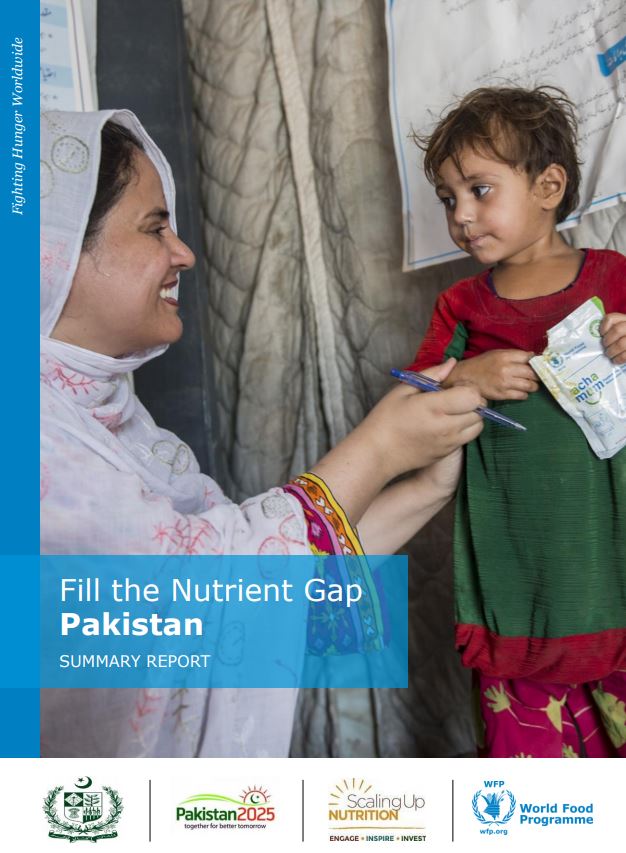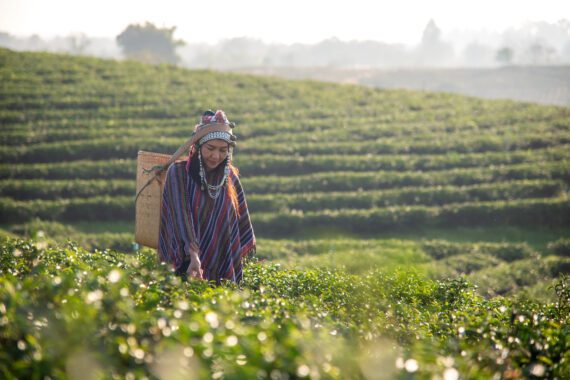This story is featured in the 2020 Hunger Report: Better Nutrition, Better Tomorrow
The World Food Program (WFP), the UN food assistance agency, provides a wide range of services in addition to coming to the aid of those experiencing humanitarian emergencies. Strengthening the capacity of countries is integral to how WFP engages with national governments to achieve SDG 2.
In 2015, WFP developed the Fill the Nutrition Gap (FNG) tool to inform national nutrition policy and programming, linking data analysis to decision making by identifying the barriers vulnerable households face in accessing nutritious foods. Stakeholders across government, civil society, and business gain a better understanding of how they can work together to complement each other’s efforts on sector-specific interventions.
Until about a decade ago, when maternal and child malnutrition was mainly seen as an area of focus for the health sector, interventions looked much the same from one high-burden country to the next. That may have seemed like a logical response. Countries with a high burden of malnutrition share several common characteristics, and the consequences of malnutrition at the household level were primarily seen in the health sector.
More recently, there has been a shift towards multisectoral interventions—addressing both direct causes and underlying causes—to suit the complexity of nutritional situations, not only from country to country, but also within the country itself. Moreover, it is now widely understood that achieving rapid progress against malnutrition is more difficult without action across health, agriculture, education, social protection, and other sectors.
“There is a role for every sector in nutrition,” says Saskia de Pee, the leader of the FNG team and senior technical advisor on nutrition with WFP. “What sectors and which actions should be prioritized depends on the context, and that’s what FNG helps to identify.”
People are prevented from choosing nutritious foods for a variety of reasons, such as availability, physical access, and affordability. All contribute to the dynamics of choice. FNG provides clarity as to main causes within a context and the types of interventions that would be most effective across the food system. The tool presents a clearer picture than before of country-specific and sub-national conditions.
In Pakistan, FNG showed that the cost of a nutritious diet was up to ten times higher than the cash transfer from the social safety net program received by eligible households. This led to the redesign of that program. FNG also identified a widespread issue with the nutritional status and diets of adolescent girls. The nutrient needs of an adolescent girl are the most expensive to meet, accounting for as much as one-third of the cost of a nutritious diet for a six-person household. This is a common finding across FNG analyses in different countries.
FNG relies on existing data, most of it provided by governments, a case in point for strengthening the capacity of national data collection agencies. In order for countries to get the full benefits of FNG, there needs to be a champion, ideally from an inter-ministerial government body, says WFP’s de Pee. “Government has the ability to convene stakeholders, a power unmatched in civil society or the private sector.”
The national government was instrumental in the FNG process in Pakistan. The current prime minister, Imran Khan, refers to the corrosive effects of childhood stunting on human capital development and champions a new multisector nutrition strategy in development as crucial to the nation’s future. Pakistan is a member of the Scaling Up Nutrition (SUN) movement, committed to multi-stakeholder and multi-sectoral solutions to malnutrition, and the SUN focal point resides in the Ministry of Planning Development & Reform.
FNG was developed to assist low- and middle-income countries where WFP works. More than 30 countries are using the tool to date. These countries understand that they are not on target to achieve SDG 2. But they are hardly alone in that regard. High-income countries are also lagging and could benefit from efforts to promote a multi-sectoral platform for understanding and addressing malnutrition in its different forms and their consequences.



